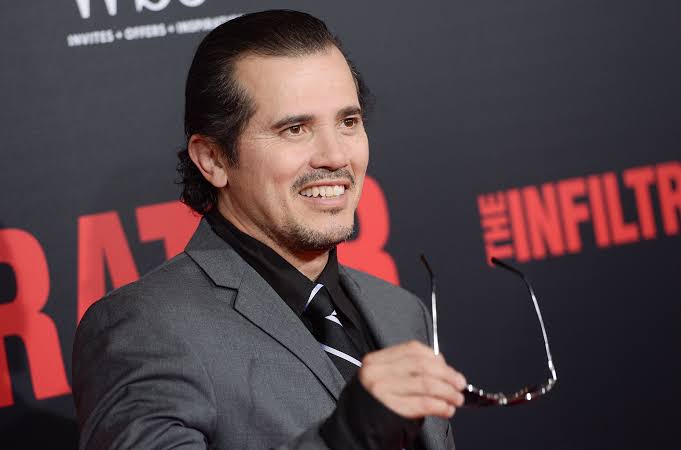John Leguizamo’s performances have a particular electricity — the quick pivots, the moments of full-throated confession, the way a single face or gesture can flip a room from laughter to hush. That energy isn’t accidental. For a performer whose work ranges from one-man Broadway pieces to scene-stealing film turns, a day before taking the stage is less a rehearsal than a ritual: equal parts physical prep, emotional housekeeping and tactical showcraft.
Morning: slow build, not a sprint
His day usually begins gently. Big shows call for small starts: a late-morning wake-up if the call-time allows, good coffee, and a few pages of reading — sometimes a news piece, sometimes something absurd to crack the mind open. The idea is to stretch the attention without exhausting it: actors who sprint through lines at dawn risk flattening the sparks they’ll need later. Leguizamo, who’s built entire shows on layering character work and anecdote, treats the morning as a warm-up for curiosity more than for performance.
Voice and body: tools, not trophies
By midday come the practicalities. Vocal exercises — pitch slides, tongue twisters, slow-lipped hums — loosen the instrument. Physical work follows: mobility drills, foam rolling, light cardio or yoga to settle the breath and drop adrenaline into usable energy. For someone whose stage persona can move from manic to intimate in a single beat, keeping the voice and body nimble is nonnegotiable. These aren’t flashy routines; they’re maintenance: the backstage equivalent of tuning a high-performance engine.
Run-throughs and surgical edits
Leguizamo’s solo shows and stage pieces are famously crafted and tightly edited, a kind of storytelling that needs precision as much as fire. The day before, he walks through the script with surgical attention: pruning lines that don’t land in rehearsal, double-checking transitions between characters, and noting places where an audience’s laughter or reaction might demand a different pace. That work is often done alone or with a trusted director/sound tech — a small circle that can be brutally honest without breaking the performer’s forward momentum.
Technical checks: lights, sound, props
In the afternoon it’s time to sync with technicians. Soundchecks, microphone tests, and blocking rehearsals ensure that comic timing — which depends on silence as much as speech — isn’t undercut by a faulty cue. For a performer who often leans on physical comedy and abrupt tonal shifts, how a spotlight slices the stage or whether a mic picks up a whisper can change an entire moment. These checks are where the tiny, technical problems that can wreck a show are found and fixed.
Mental work: visualizing the room
Beyond the physical checklist, Leguizamo (like many seasoned stage artists) invests heavily in mental rehearsal. Visualization — imagining the first laugh, the hush before a serious reveal, the exact cadence of an emotional beat — reduces the surprises that can unbalance a performance. He also leaves room for improvisation: rehearsed spontaneity, as it were. That balance — structure with wiggle room — is a hallmark of veterans who can make every night feel alive without risking chaos.
Rituals and grounding: family, food, and solitude
There are quieter rituals, too: a phone call with family, a simple meal that won’t upset the stomach, ten minutes of solitude to read a poem or listen to a song that sets the mood. For many performers, these small anchors are critical. They remind the artist why the story matters, and they turn performance anxiety into focus. Leguizamo’s public work — from his solo autobiographical pieces to pieces of documentary and TV — often wrestles with identity and history, and grounding rituals keep that weight from becoming performative baggage.
The hour before: costume, cues, and a last breath
An hour before curtain, the backstage world quickens. Costume checks, prop placements, and a final run through of cues compress into a brisk, methodical flurry. Performers trade quick encouragements, pinch themselves, adjust ties. Then comes the last private minute: deep breathing, a small vocal hum, a whispered line to oneself. When the stage door opens and the lights fall, the day of preparation collapses into a single, decisive present.
Afterglow: the work that follows the applause
For Leguizamo, the end of the night is also part of the craft. He’ll often make quick notes — what surprised him in the crowd, where a joke landed better than expected, which transition felt thin. That feedback loop feeds the next day’s edits: the work of performance is never finished, only iterated.
John Leguizamo’s public persona — bracingly candid, wildly inventive — comes from hours of these private, meticulous choices. The day before the show looks ordinary if you glance in, but it’s precisely the ordinariness that makes the extraordinary possible: a tuned voice, a limber body, a mind ready to listen. The result is what audiences see: a performance that feels immediate, personal and, above all, earned.










